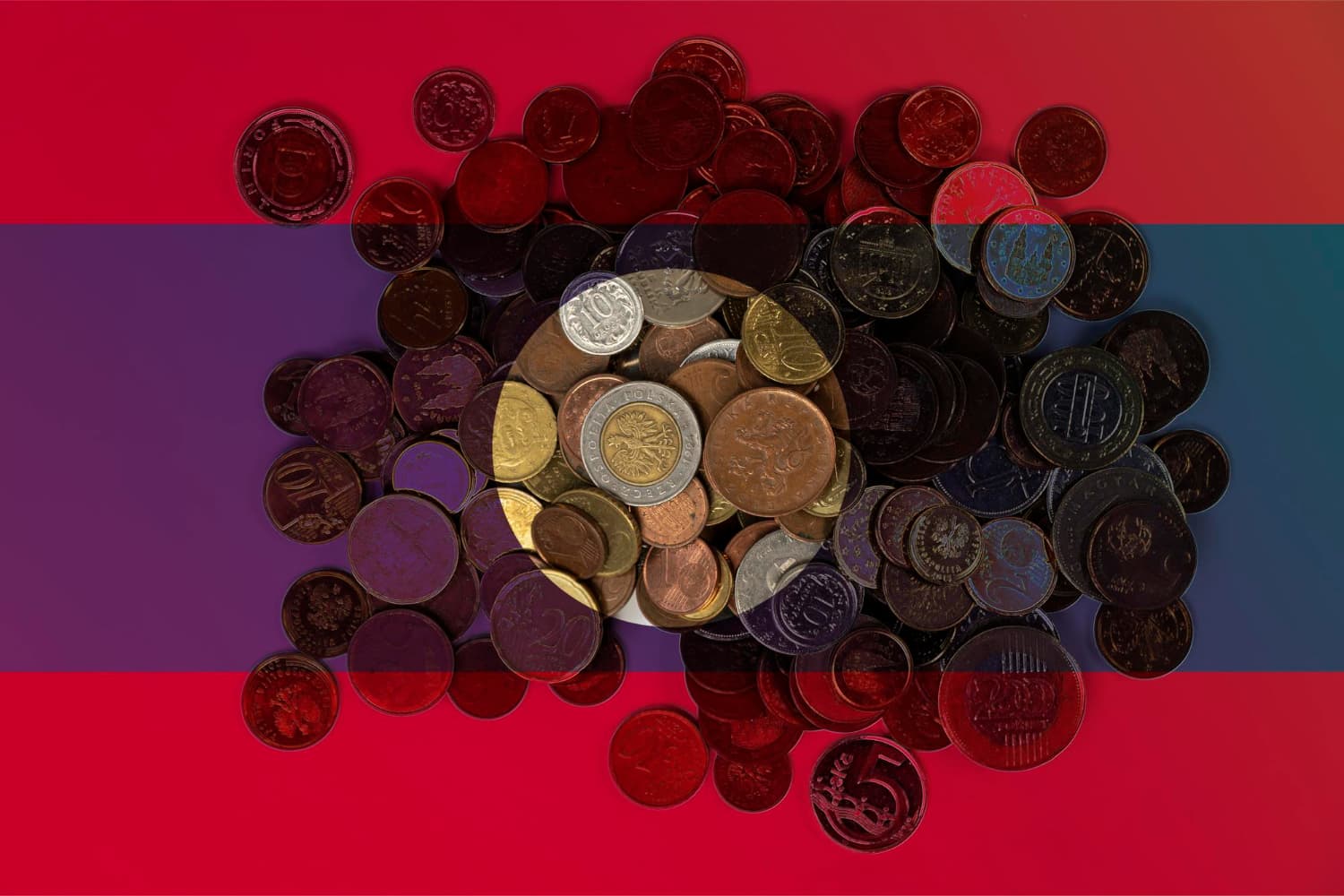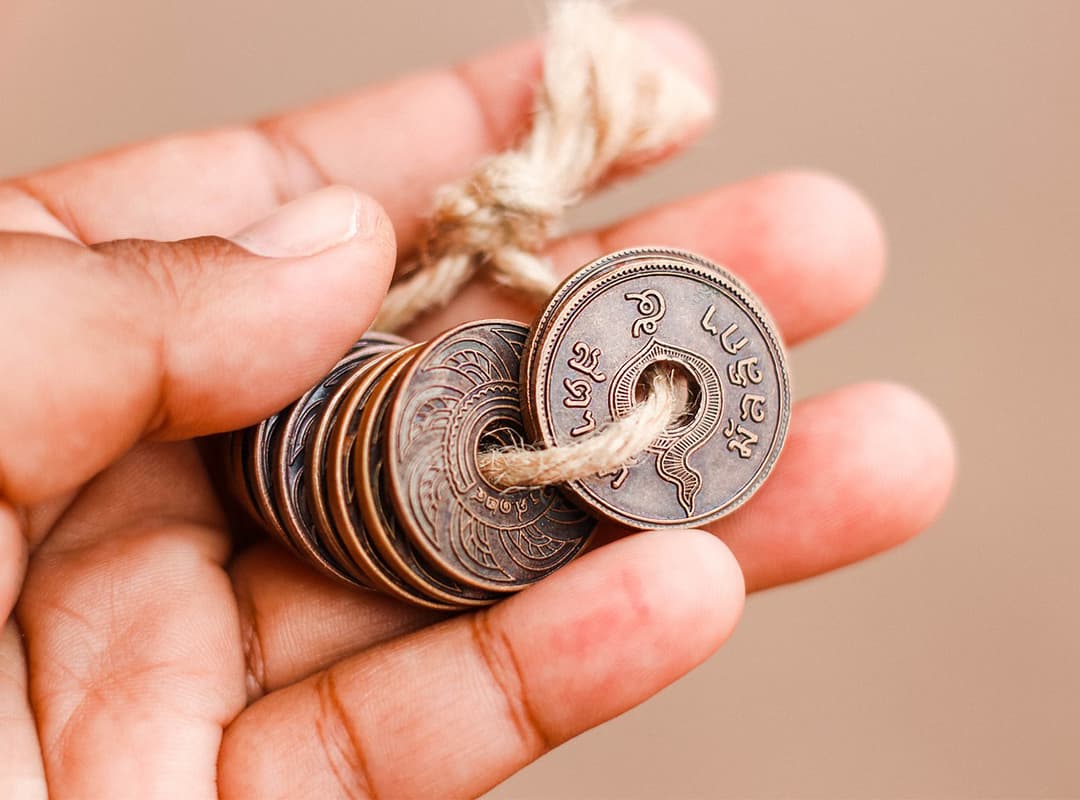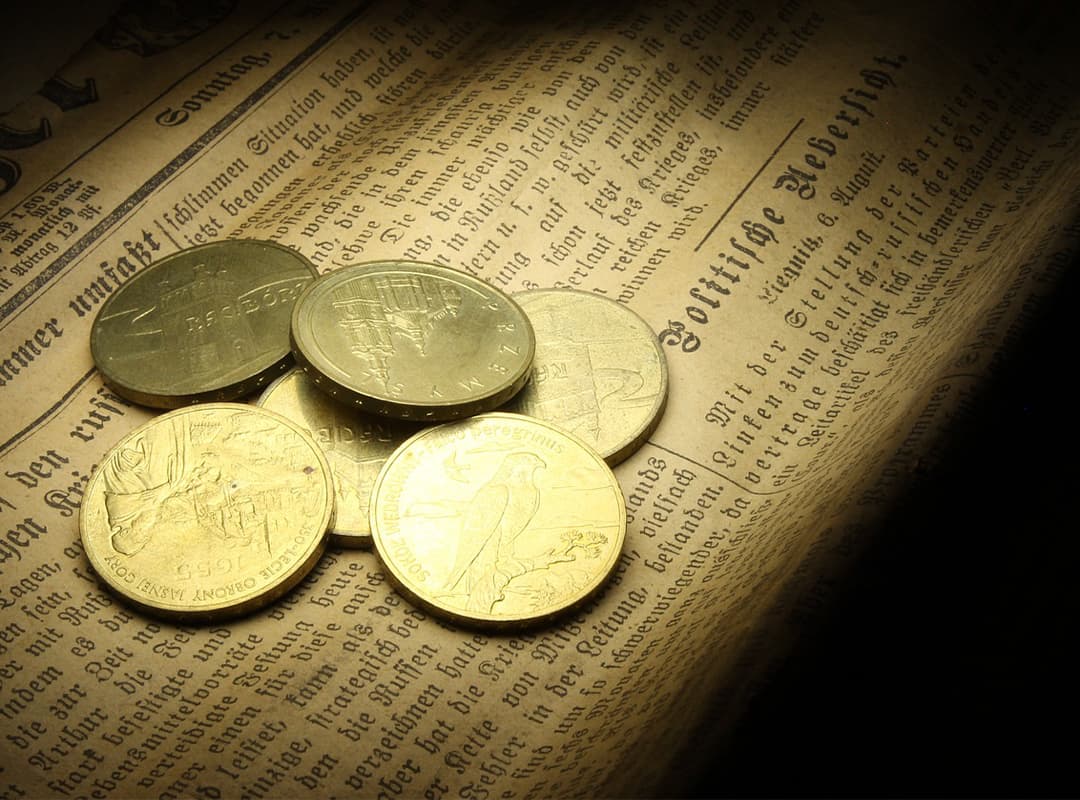Collecting rare bimetallic coins is a pretty interesting and exciting hobby. However, it might also be a very serious and difficult task. New collectors might not have the same experience as seasoned ones, which can lead to not very smart decisions and overlook of indeed rare coins. General coins are sometimes difficult to identify, but with bimetallic coins, this process can be even more difficult since such coins are a combination of two different metals.
Since bimetallic coins combine two metals, they are aesthetic and carry historical values. Assessment of such a kind of coins should generally include their rarity, condition, metal composition, and historical importance. These aspects greatly impact a coin’s value and appeal in the market. Let’s dive deeper into how exactly bimetallic coins are selected and what to look for exactly.
What Are Bimetallic Coins?
Bimetallic coins are unique in the way they are made: often, these coins have different outer rings and center cores. This helps to improve not only their beauty but also their collectibility. Factors that influence their value are:
- Rarity. Small production or special editions increase the demand for the coin.
- Condition. The better the coin is preserved, the higher the value.
- Metal composition. Gold or platinum is worth more than metals like copper or brass.
All of the metals have different values. For example, if you have a coin made up of copper-nickel or brass, then it won’t add much value to the coin because those are considered common metals. At the same time, if you have a coin made of either gold, silver or platinum, then the value of the coin increases drastically because, even now, those metals are considered rare.
Top 3 Traditional Methods of Evaluating Bimetallic Coins
To evaluate the bimetallic coin correctly, you need to have a keen eye and knowledge of the market. The basic steps that you have to take in order to determine the value of any given coin include visually looking at the coin, weight and dimension checks, and looking into market trends. Each of the things provides different insights into authenticity, condition, and market demand for the coin.
- Visual inspection. The first step you should do is to visually evaluate the coin. Search for any type of damage (e.g., scratches, dents, or fading). Additionally, check for oxidation because it also affects the value of the coin, and make sure the design is clear and well-defined.
- Weight and dimensions check. To do this step, you can use calipers and scales. Check the measures with the official standards for this specific coin. Do this to see if the coin is original and hasn’t been altered.
- Research market trends. Once you checked the physical appearance of the coin, check its market value through auction prices. For example, historical data, recent trends, and collector demand provide insights into its worth.
This is a very important step as you can find out whether the coin is original or fake during coin check. Since you work with bimetallic coins, the check for damages will tell you whether your coin was altered or not and what metals are used, which will determine the price in the end.
Risk and Reward in Coin Auctions
Auction-based platforms offer the chance not only to get a rare bimetallic coin at a great price but also the risk of overpaying. It is just like in gambling – bidders have to balance their excitement against calculated risk. Sometimes, the highest bidder might either win a valuable treasure or spend more than what the coin is actually worth. To not let this happen to you, consider the following things:
- Research the current market value of the coin in as much detail as possible.
- Set a maximum bid to prevent you from overbidding out of emotion.
- Keep track of past auction trends to find out the right price.
The smarter you can bid, the better your outcome will be. Deep research on the topic allows collectors to know whether it is priced reasonably or overpriced. This approach to analyzing the odds, just like in gambling, allows to reduce risk and allows bidders to remain within reasonable proportions.
Tips for New Collectors
If you are new to this hobby and community and don’t know where to start, you might feel lost. First, there is no need to jump into auctions with the most expensive coins. Take it slowly. Start with smaller, more common coins, learn how to distinguish different coins and their values, and pay attention to little details. Additionally, you can participate in coin-collecting forums and social media groups to share knowledge and get peer evaluations.
Finally, always stay informed about the market. Follow industry news regularly, attend coin shows, and track auction prices to keep up with the latest trends and values in bimetallic coins. This will help you make more informed decisions as your collection grows.
Final Thoughts
Assessment before the purchase or sale of these very rare bimetallic coins is therefore paramount, as one will make informed decisions. Combining traditional techniques, such as visual inspections and market research, with digital tools and communities allows the collector to adopt a balanced approach toward building an important and meaningful collection.



